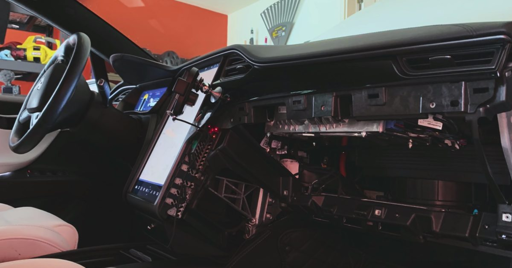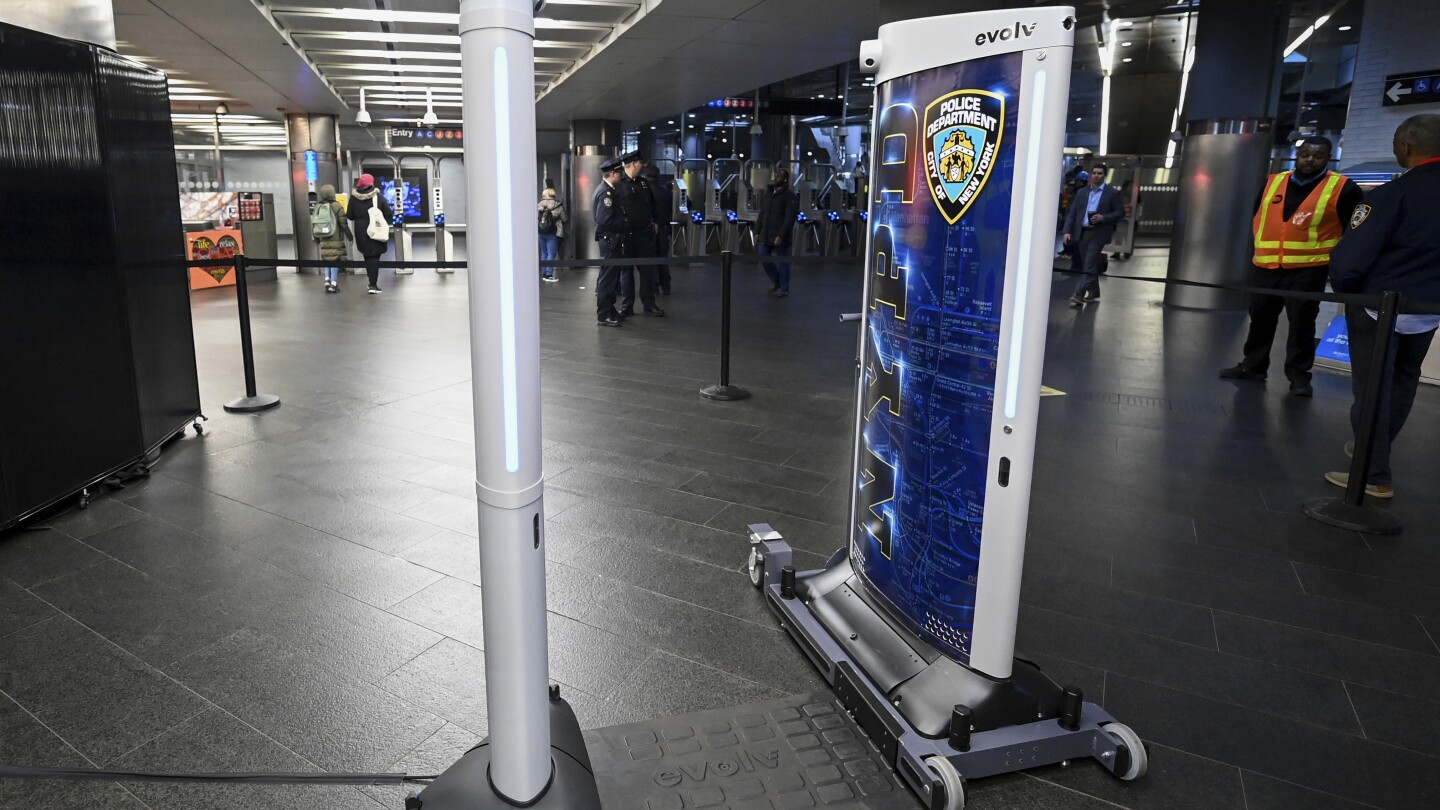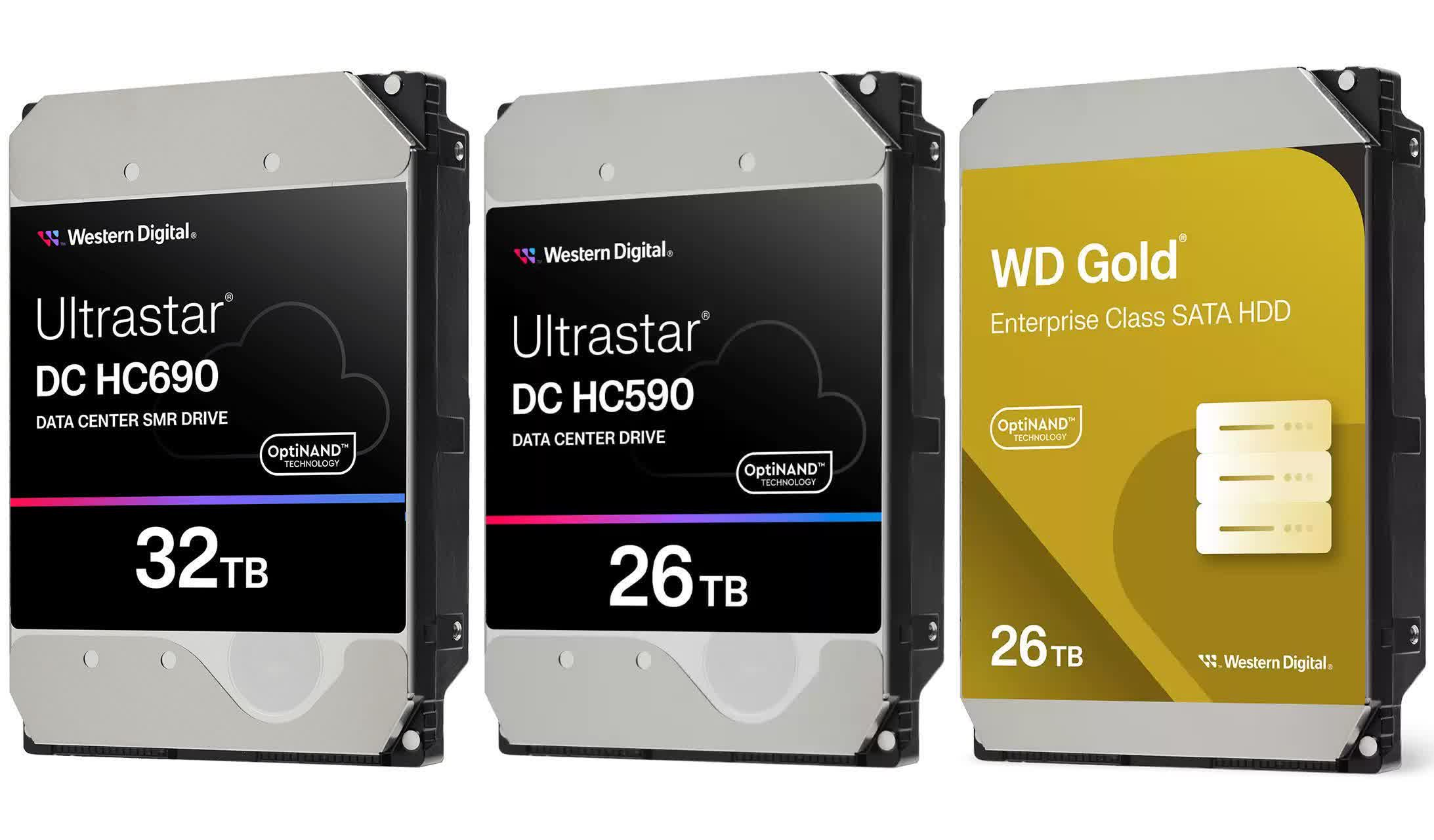Awesome! Keep signing though, some signatures will fail to validate so there should be as many as possible.
AmbiguousProps
- 48 Posts
- 295 Comments

 2·5 days ago
2·5 days agoYeah. In my case, I’m mainly only doing this for irreplaceable data, such as documents and photos.

 8·5 days ago
8·5 days agoNot disagreeing with you

 15·5 days ago
15·5 days agoThey also aren’t ashamed or scared to show their faces.

 161·5 days ago
161·5 days agothe Playstation 2 launched at $299 USD.
Not disagreeing with you, but with inflation that’s about $558 as of this comment.

 6·5 days ago
6·5 days agoHard drives are affected by bit rot even when not in use. A disk check every six months would help, but is not a guarantee against data corruption or loss. M-DISCs are physically etched, and should last around a lifetime to a thousand years, depending on who you believe. The catch would be being able to read it in the distant future (in other words, if you’re using M-DISC as a backup solution, you should also have a backup disc drive).

 6·7 days ago
6·7 days agoYeah, it’s one of those things where I was vaguely aware of the hazard, but for some reason wasn’t consciously acknowledging it. Since I came to that realization, I’ve started to gather all of my lithium batteries to take stock and start to get rid of some.
I’m definitely more worried about the batteries I’ve forgotten about that ended up in boxes or drawers. Another thing to keep me up a night, yay.

 31·7 days ago
31·7 days agoI lost my model A1263 in a box during a move. I’ve been looking for it over the last couple of weeks once I was notified about this, but no luck. I actually emailed Anker to ask if there’s a risk of fire even in storage or not in use, and apparently it can happen even when not under any load and completely discharged.
I don’t even know if I still have it. Fingers crossed that my serial isn’t one of the affected ones, but I’ll keep looking and hoping that it doesn’t burn my house down.

 111·17 days ago
111·17 days agoYou can use Molly from F-Droid. They even have a full FOSS version that you can set up a self hosted notification socket for, to avoid Google Firebase.

 14·17 days ago
14·17 days agoMolly is great.

 51·18 days ago
51·18 days agoThis only affects mastodon.social IIRC

 696·21 days ago
696·21 days agoThe switch 2 is overall a real bummer. I don’t understand why people are buying it, the only real “reason” is the exclusive games, but I’m happy to wait for emulation to be available. I can already play the original switch games on my steamdeck.

 7·28 days ago
7·28 days agoSure, I was trying to correct the statement that it’s not possible at all though.

 416·28 days ago
416·28 days agoYou can still torrent with Mullvad, it’s just gonna be slower because you have less peers. But it’s still 100% doable. They don’t block torrenting entirely…

 61·29 days ago
61·29 days agoThis article isn’t about that, so clearly you did not read the article.

 21·30 days ago
21·30 days agoIt sounds like you used crappy hall effect sticks or have defective ones, to be honest.

 91·1 month ago
91·1 month agoI use hall effect on the daily and have had none of the issues you’re discussing. I suppose time will tell, but I much prefer hall effect.

 283·1 month ago
283·1 month agoThey could have easily fixed it with hall effect sticks. That is a proven and inexpensive solution, but Nintendo prefers to sell more joycons and create waste, it’s that simple.

 1·1 month ago
1·1 month agoIt’s decent, with the deepseek model anyway. It’s not as fast and has a lower parameter count though. You might just need to try it and see if it fits your needs or not.


















BS. There are plenty of community hosted servers of games that operate with no issues. This has corp written all over it.